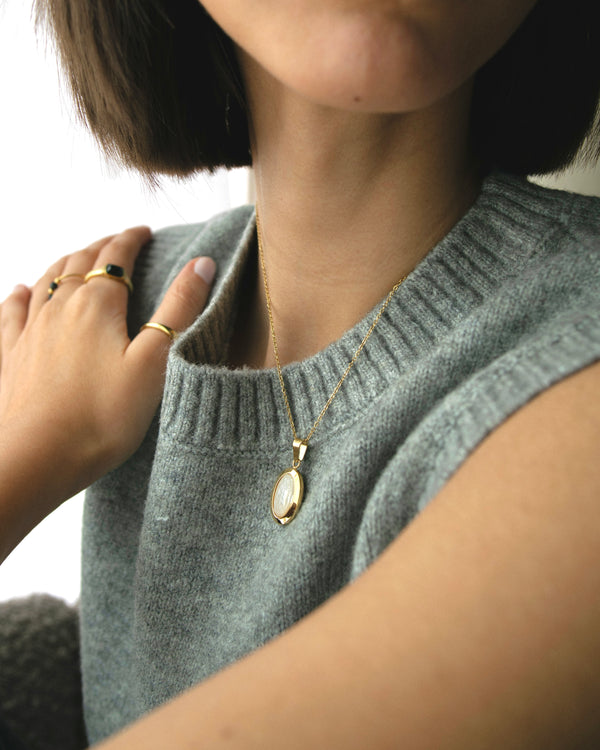How are gold plating and gold plating different?
We hear and repeat a lot that jewels are bathed or plated with gold, but do we really know what it means? are they even the same? The truth is that no, they are not. Both are techniques that allow us to wear gold jewelry for a very affordable price, but a gold-plated jewelry is not the same as a plated one. If you want to know how they differ, keep reading.
The first thing we should know is what each technique consists of. Plating, as its name suggests, consists of immersing a jewel in liquid gold, a technique widely used both in jewelry and in the world of electronics. For its part, plating is placing a layer of gold on another metal, generally silver or copper, by electromagnetic or chemical means. With both we achieve the same final finish result, a golden color that perfectly emulates solid gold, but in a much less expensive and simple way in terms of time, material and processing. So why should we choose one or the other?
The main difference between these techniques is the volume of the gold layer that covers the jewels. The plating is characterized by a greater thickness (from 1 to 10 microns), while in the coating the layer is superficial (from 0.1 to 0.3 microns). As a result of the larger size of the layer, gold plating has more durability and resistance. For this reason, they are considered higher quality jewelry and have a higher price than plated ones.
The gold plating is easily removable from the jewel, as long as the base metal is smooth and without relief. On the other hand, removing a gold bath is not such a simple process. To achieve this we would have to scrape, and spoil, the base piece.
In any case, it must be borne in mind that whether it is bath or plated, the gold color will fade over time, although betting on plated jewelry guarantees a fairly high durability. Rubbing, sweat or seawater will contribute to accelerate wear, which is why proper care of your jewelry is important.

